Flashback: The 1985 Moto-Ski Mirage III
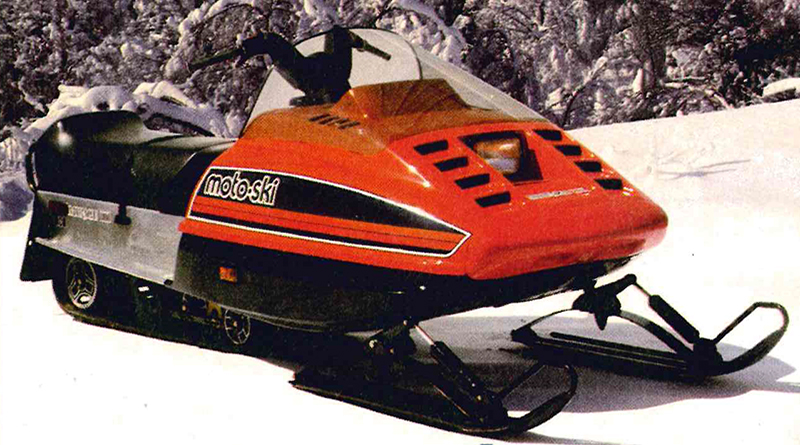
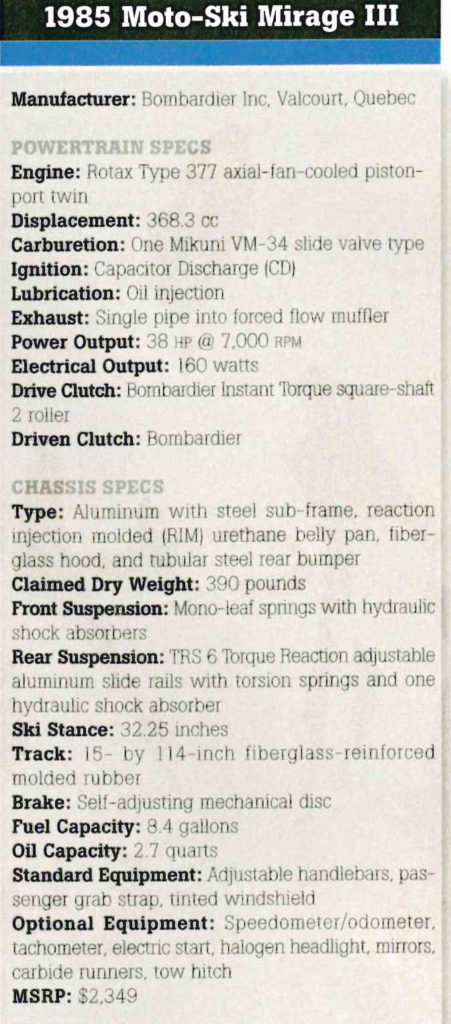
The 2019 season marks the 34th anniversary of the passing of a long-running and popular brand in snowmobile history. Begun in 1962 in Sainte-Anne-de-la-Pocatière, Quebec, Moto-Ski rose to become number three in sales as the snowmobile industry peaked in the early 1970s, but then began a long slow fade out that ended in 1985. Along the way the company sold more sleds for more years than any brand that didn’t make it.
Ups And Downs
The orange sleds from the south shore of the St. Lawrence River were famous for their landmark “Tougher Seven Ways” advertising campaign, a gritty racing effort and a series of rugged and reliable family trail sleds that found considerable favor on both sides of the border.
Operating against giants like Bombardier, Outboard Marine and AMF, plus other industry pioneers like Polaris, Scorpion and Arctic Cat, Les Industries Bouchard built Moto-Ski sales and market share before selling out to Miami, Florida-based Giffen Industries in 1968. The momentum continued under the new ownership.
By the end of the 1971 season, Moto-Ski’s 840 employees were building about 50,000 sleds a year and selling them through a network of about 1,200 dealers. This made Moto-Ski the third most popular brand out of nearly 100 on the market, and second only to Ski-Doo in Canada. But the brand was simultaneously done in by Giffen’s financial failure near the end of calendar year 1970. Bombardier acquired the brand in early 1971, apparently because Giffen owed it a lot of money for component purchases.
Initially Bombardier operated Moto-Ski as a separate business, but with the post-energy crisis collapse of the industry in the mid 1970s, Moto-Ski business operations were fully integrated into Bombardier at Valcourt, Quebec. Meanwhile the sleds evolved into Ski-Doos with some minor differences like color scheme, track choice and sometimes the engine. Orange fanatics claimed that the meaning of the BSE label on Moto-Ski engines had changed from “Bouchard Snowmobile Engine” to “Bombardier Surplus Equipment.”
However, separate dealer organizations and marketing programs were maintained, and Moto-Ski was kept current with contemporary technology including liquid- cooled engines and coil spring front suspensions. Formula One star and legendary snowmobile racer Gilles Villeneuve, who got his competition start by racing his father’s Moto-Ski, was the brand’s highly visible spokesman for a few seasons until his untimely death in 1982.
But Moto-Ski sales and marketshare continued to shrink, and Bombardier ultimately offered Moto-Skis to any Ski-Doo dealer who wanted to sell them. Still, weak as it had become, Moto-Ski had outlived more than 100 rivals, including big names like Evinrude and Johnson, AMF and Harley-Davidson, Mercury, Suzuki, and Kawasaki as well as many other industry pioneers like Arctic Cat, Scorpion, and Skiroule – although Cat, of course, resurfaced.
 The Mirage Appears
The Mirage Appears
Introduced in 1979 as a Moto-Ski version of the Ski-Doo Safari, the Mirage was positioned above the price-leader Elan-clone Moto-Ski Spirit. Initially just one model, the Mirage was quickly expanded to a three-model series. These family oriented mid-range sleds featured fan-cooled engines and modest levels of standard equipment to keep prices reasonable.
But by 1985, the Mirage series had been trimmed back to just one model again, and all the other Moto-Ski models had been discontinued, so this was the last of the famous brand. Bombardier presented it as a sort of a touring sled. “Designed for long distance travel, Moto Ski Mirage III opens new horizons,” said the sales flyer. But with just about zero marketing support, it was totally ignored by the media and pretty much ignored by everyone else.
That was a shame because this racy-looking trail sled was actually docile enough for just about anyone to operate. Stable and a good handler, it would turn inside most other sleds on the trail at the time. The skid frame and ski shocks on the increasingly outdated leaf spring ski suspension provided a reasonably comfortable ride on a good trail, and the Rotax fan twin had enough power to haul one or two people at a modest rate of speed. Range was pretty good because the small-bore engine just didn’t use all that much gas and a full-sized tank was provided. The low windshield was more for looks than protection.
People with small hands tended to complain about the reach to the brake lever, but that was the machine’s only other real ergonomic faux pas. Otherwise the Moto Ski Mirage III was a good basic snow machine with excellent visual appeal that would provide hours of entertainment for the non-performance crowd. In other words, a worthy successor to the venerable Capri and Zephyr models that had built Moto-Ski’s reputation for solid, dependable family sleds.
But soon it was over. With a vanishing customer base, little dealer support and no marketing behind it, the Mirage faded out and Moto-Ski become a memory.
Editor’s Note: Every Snow Goer issue includes in-depth sled reports and comparisons, aftermarket gear and accessories reviews, riding destination articles, do-it-yourself repair information, snowmobile technology and more. Subscribe to Snow Goer now to receive print and/or digital issues.

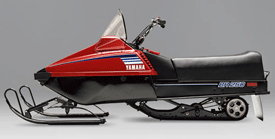
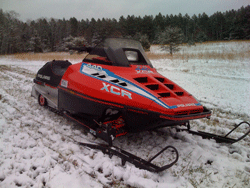
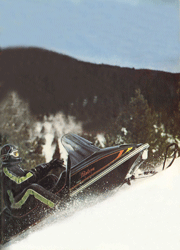
In 1985 how many moto ski mirage 3 were built?
I have mirage iii number 60 according to the serial number. I know of only one other person with one and they have number 274 so at least 274 were made. No one seems to know for sure, but not to many were made since moto ski shut down in July of 1984. My mirage iii was made in June 1984 according to the tunnel placard. So, if you find one of these sleds and can buy it, do it. They are very rare and the last run for Moto Ski.
I just put my Hans on one didn’t get it yet will see and check the tunnel placard and come back it is in a really good shape